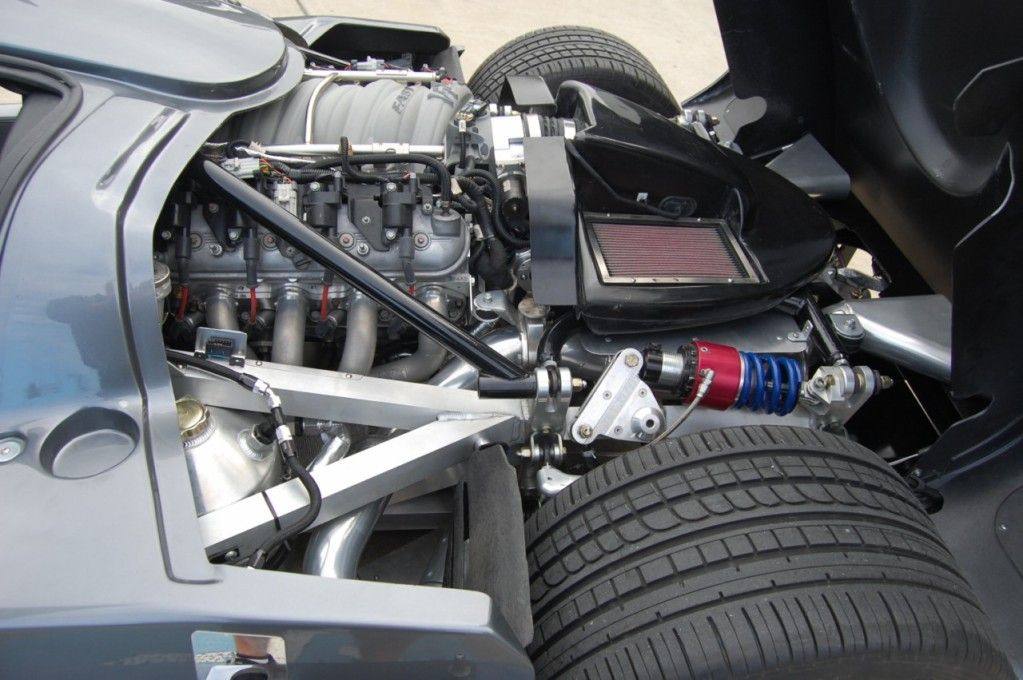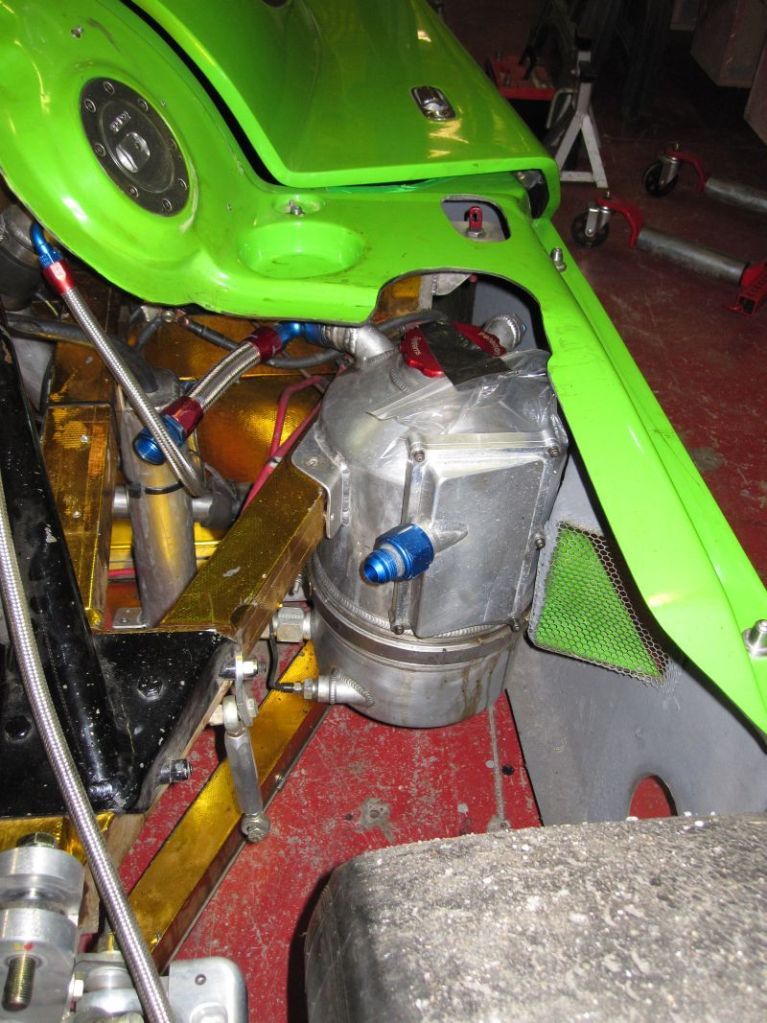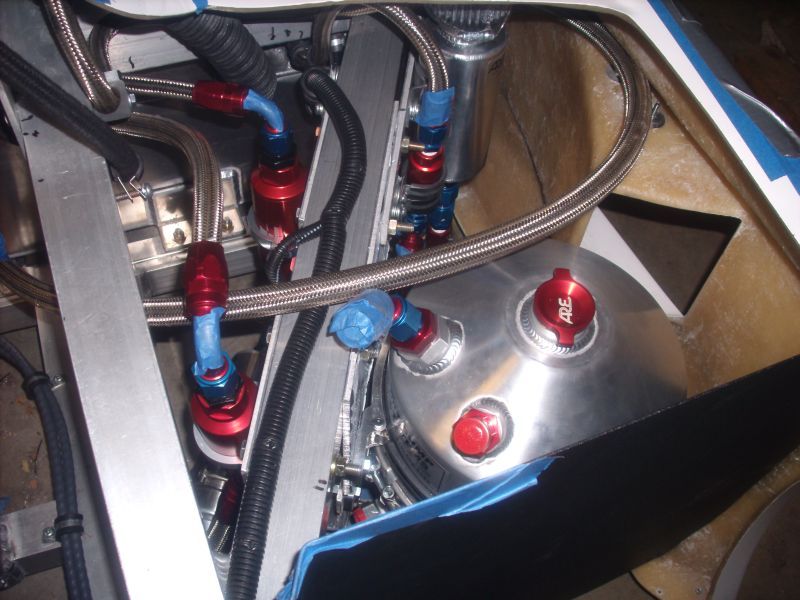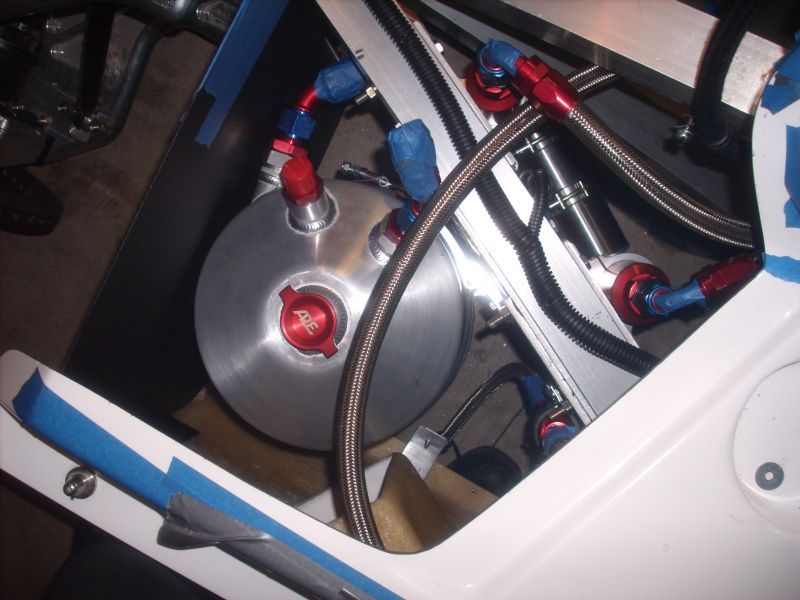Hey Guys...I'm looking for a drysump tank that fits in the SL-C chassis. I've seen the Peterson tank recommended on here before. Is it just the standard 9"x16" that fits well? Are there any special mods to the brackets/chassis needed?
I need a single scavenge tank...right?
Thanks in advance
I need a single scavenge tank...right?
Thanks in advance






